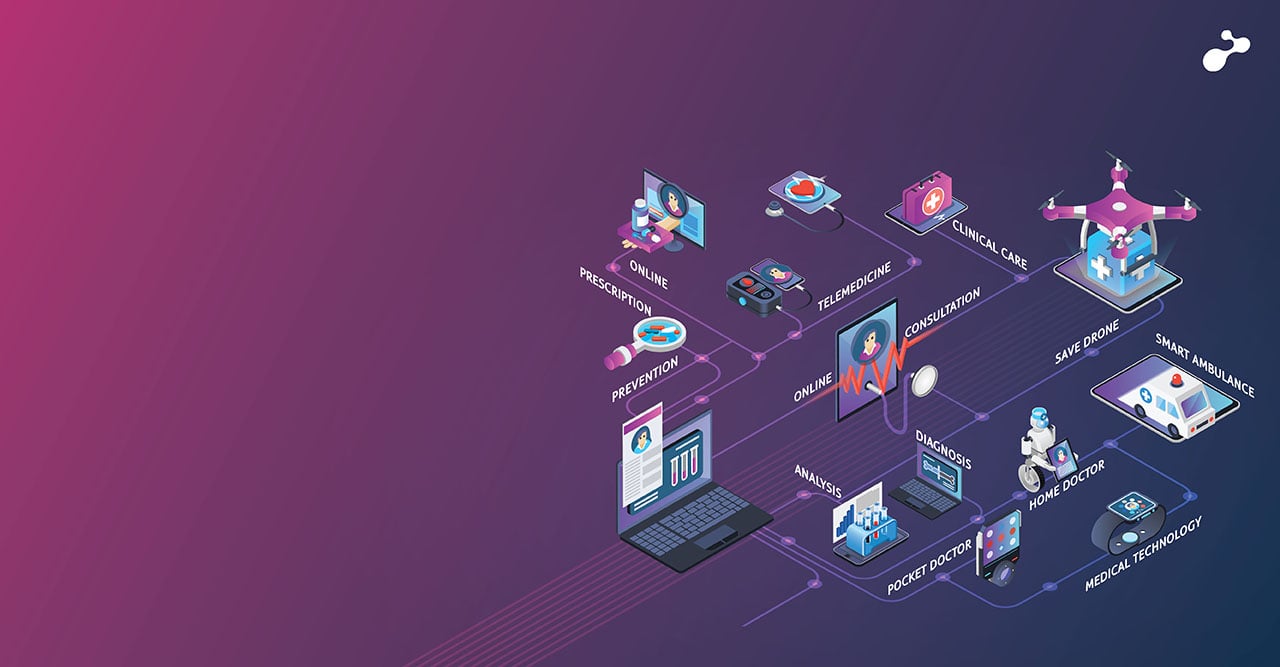Pharmacy Benefit Managers (PBM) are firms that manage prescription drug benefits on behalf of health insurance companies, large employers, and other payers by negotiating with drug manufacturers and pharmacies to control drug spending. PBMs make a significant impact in determining how much the pharmacies are paid by regulating total drug costs for insurers, patients’ access to medications etc.
The world of Pharmacy Benefits is fast evolving – shaping up the Pharmacy Benefit Space the way we see it today. Digital transformation drives Pharmacy Benefit Managers to continually refresh their business models, much of the change is technology-enabled and there are other factors too. If technology is one element causing continuous change in Pharmacy Benefit Space at an ever-increasing velocity, there are a lot of other compliance changes impacting requirements. PBM have to bridge this growing exchange between different manufacturers and insurance companies to bring value to the table.
Value-driven initiatives will bring deep impact to PBMs, which may include initiatives like large insurance companies imagining and re-innovating themselves to serve the end consumers better and faster with accuracy.
While PBM organisations want to bring up more transparency with their drug schedules on the formularies, they have the opportunity to find the right balance between consumer expectations, business expectations and compliances that differ from different Line of Businesses (LOBs).
While PBM organisations are innovating within this area, the focus shall be on bringing greater transparency in the system. To understand this better, let us step back and know how the formularies are organised and how the drugs are organised in the formularies!
Drugs in the market today are having common characteristics that can be applied to same therapeutic classes of drugs. Within a specific drug class, although drugs may vary in different forms and shapes, they are made up of common characteristics like whether a drug is branded or generic, or the drug meets a certain level of safety and efficacy.
At the core of it, all drugs have one common identifier called as the National Drug Code (NDC) which is given by The Food and Drug Administration (FDA) to all manufacturers producing these drugs.
Let us see what an NDC says to all of us working in this space –
NDC is a unique 10 digit or 11 digit, 3 segment number and a universal product representing human drugs in the market. So, NDC is always unique and talks about a distinct drug, dosing form, manufacturer, and packaging information.
Other than NDC, there are other popular drug codes that are predominantly used to form drug dictionaries. For example, First Data Bank, Elsevier, Medispan etc.
Today the process of deciding what drug is part of which formulary tiers is predominantly driven by clinical teams across different companies who organise and maintain this drug data in the form of various drug lists organised by their therapeutic class and other characteristics which are attached to the formularies. However, the process is not that simple. Drugs are controlled by Utilisation Management restrictions, which are of different types like Prior Authorisation restrictions, Step Therapy restrictions, Quantity Limit restrictions, Age Limit restrictions, etc. Hence grouping of these drugs within a specific drug list or within a specific formulary are based on various similar-looking factors or different factors coming together.
With the emergence of AI and Data Science, technology is going to play a critical role in making decisions on how well we can structure and manage this drug list data within formularies. For example, if a plan designer gets the best recommendations out of different permutations and combinations, a drug part of a specific formulary tier may well be justified easily.
There are many other use cases that will evolve into maturity stage to help users within the clinical organisations collaborate faster and we can talk about some of them in my next blog.







